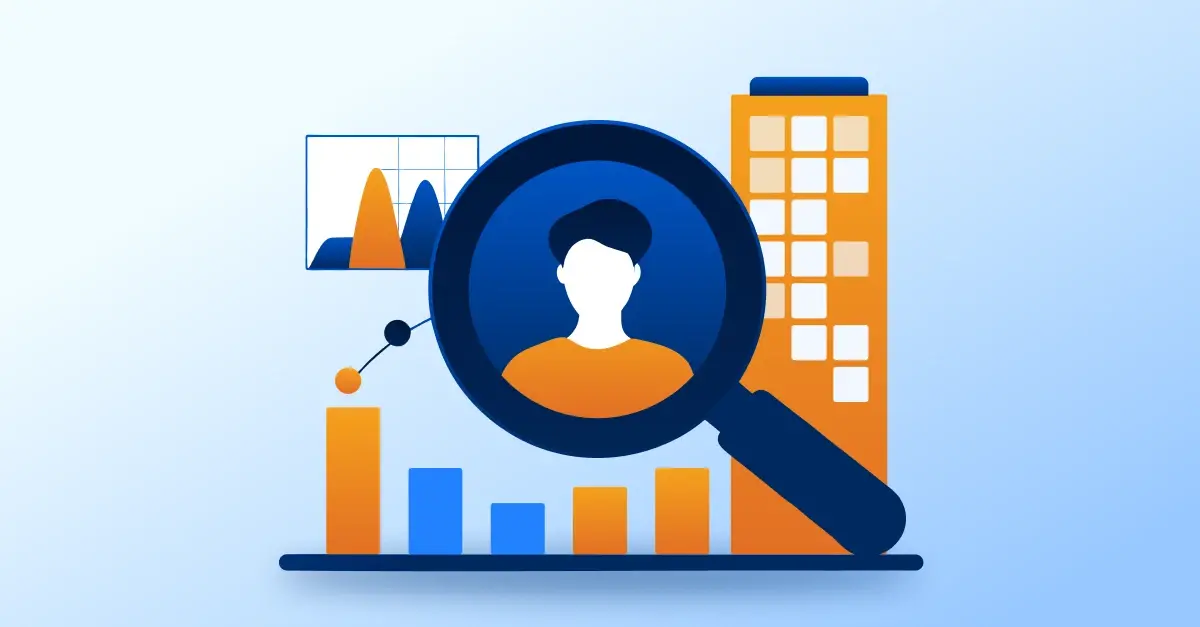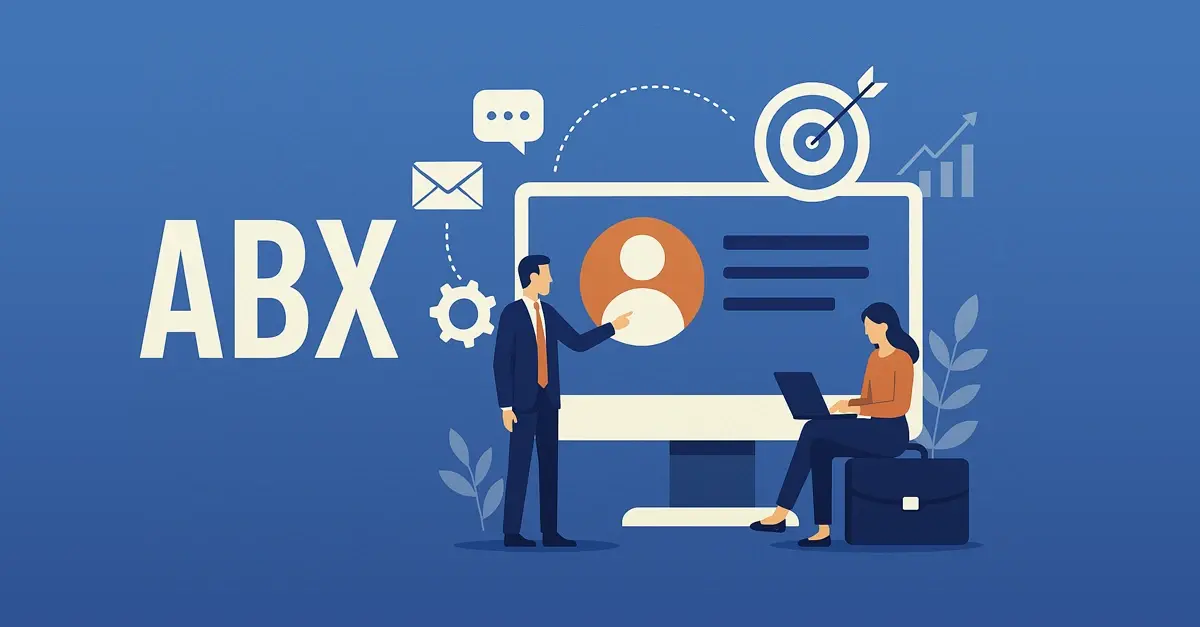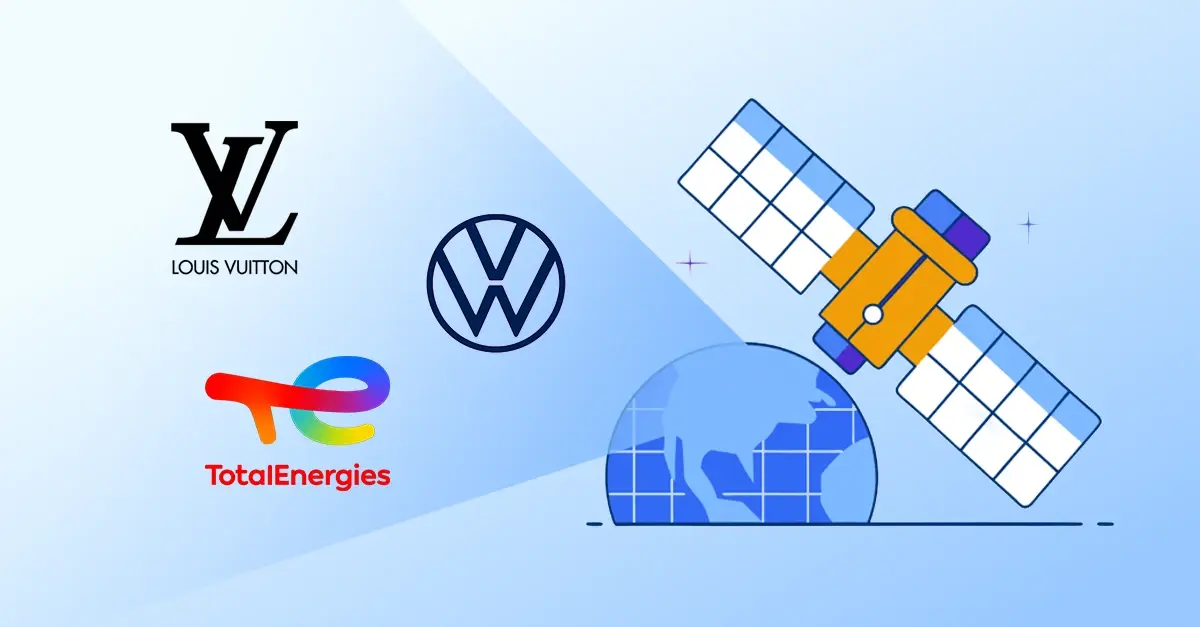1) Logistics Optimization for a Delivery Service
A logistics company leverages geospatial data to analyze delivery points across urban and rural areas. By integrating geolocation information with building footprint data, they optimize delivery routes, reduce transit times, and enhance fuel efficiency, leading to cost-effective operations.
2) Competitive Analysis for a Quick Service Restaurant
A fast-food chain utilizes geospatial data to map competitor locations and analyze customer movement patterns. This data provides insights into surrounding businesses and high-traffic zones, enabling the company to adjust menus, pricing strategies, and marketing campaigns to gain a competitive edge in targeted regions.
3) City Planning by a Local Government
A city government relies on geospatial data to assess the distribution of public facilities like schools, hospitals, and businesses. By identifying gaps in service coverage, urban planners can make informed decisions about infrastructure investments, ensuring improved accessibility and resource allocation for local communities.
Geospatial Data: Access location data for 164 million places, covering all mapping data needs.
Data Attributes: The geospatial dataset includes attributes associated with each location, such as latitude/longitude, geolevel, building type, geometry, and much more (totaling 50 attributes).
Data Solutions: We provide geospatial data to companies that focus on developing mapping and navigation tools, as well as those involved in transportation, urban development, spatial analysis, and more.
Global Reach: Our geospatial dataset covers 220+ countries.
Decades of Expertise: Backed by 30+ years of experience in curating and refining industry-leading datasets.
AI-Enhanced Precision: Advanced AI ensures deduplication, attribute enhancement, and robust data enrichment.
.png?width=597&height=452&name=map_footprint%20(1).png)







